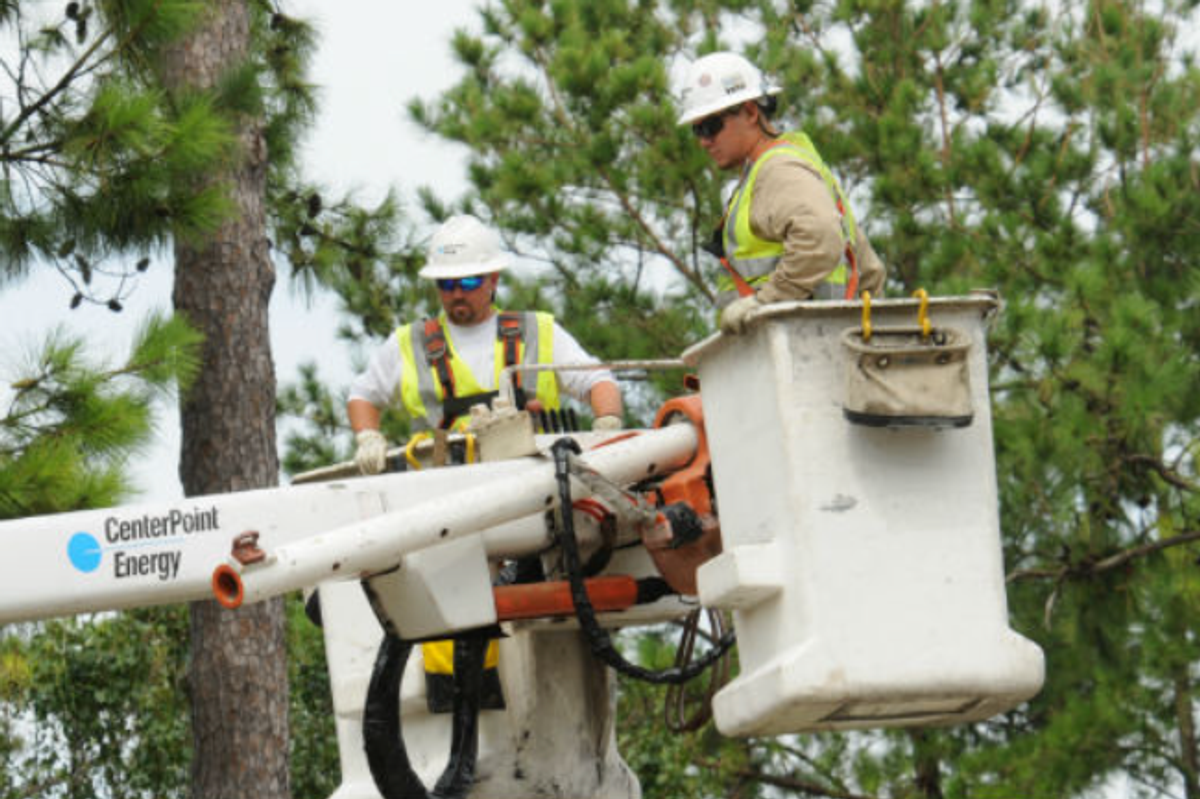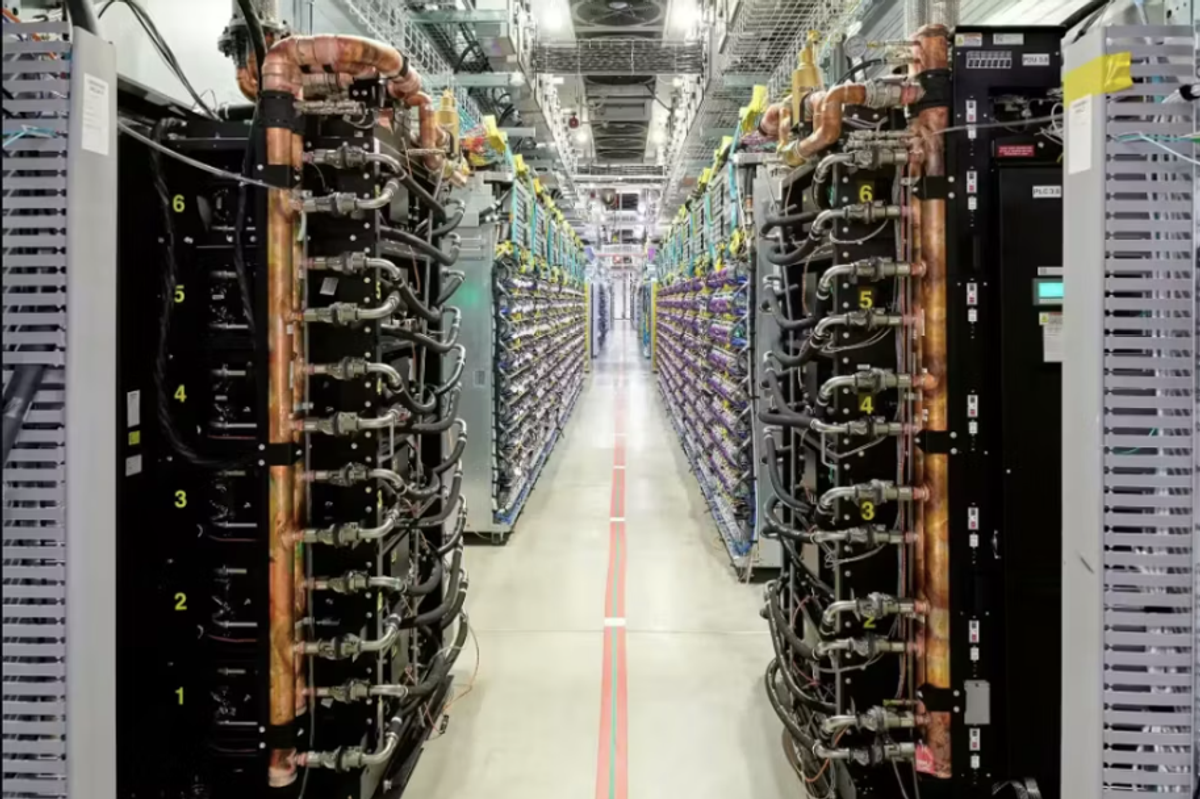Corrosion under insulation (CUI) accounts for roughly 60% of pipeline leaks in the U.S. oil and gas sector. Yet many operators still rely on outdated inspection methods that are slow, risky, and economically unsustainable.
This year, widespread budget cuts and layoffs across the sector are forcing refineries to do more with less. Efficiency is no longer a goal; it’s a mandate. The challenge: how to maintain safety and reliability without overextending resources?
Fortunately, a new generation of technologies is gaining traction in the oil and gas industry, offering operators faster, safer, and more cost-effective ways to identify and mitigate CUI.
Hidden cost of corrosion
Corrosion is a pervasive threat, with CUI posing the greatest risk to refinery operations. Insulation conceals damage until it becomes severe, making detection difficult and ultimately leading to failure. NACE International estimates the annual cost of corrosion in the U.S. at $276 billion.
Compounding the issue is aging infrastructure: roughly half of the nation’s 2.6 million miles of pipeline are over 50 years old. Aging infrastructure increases the urgency and the cost of inspections.
So, the question is: Are we at a breaking point or an inflection point? The answer depends largely on how quickly the industry can move beyond inspection methods that no longer match today's operational or economic realities.
Legacy methods such as insulation stripping, scaffolding, and manual NDT are slow, hazardous, and offer incomplete coverage. With maintenance budgets tightening, these methods are no longer viable.
Why traditional inspection falls short
Without question, what worked 50 years ago no longer works today. Traditional inspection methods are slow, siloed, and dangerously incomplete.
Insulation removal:
- Disruptive and expensive.
- Labor-intensive and time-consuming, with a high risk of process upsets and insulation damage.
- Limited coverage. Often targets a small percentage of piping, leaving large areas unchecked.
- Health risks: Exposes workers to hazardous materials such as asbestos or fiberglass.
Rope access and scaffolding:
- Safety hazards. Falls from height remain a leading cause of injury.
- Restricted time and access. Weather, fatigue, and complex layouts limit coverage and effectiveness.
- High coordination costs. Multiple contractors, complex scheduling, and oversight, which require continuous monitoring, documentation, and compliance assurance across vendors and protocols drive up costs.
Spot checks:
- Low detection probability. Random sampling often fails to detect localized corrosion.
- Data gaps. Paper records and inconsistent methods hinder lifecycle asset planning.
- Reactive, not proactive: Problems are often discovered late after damage has already occurred.
A smarter way forward
While traditional NDT methods for CUI like Pulsed Eddy Current (PEC) and Real-Time Radiography (RTR) remain valuable, the addition of robotic systems, sensors, and AI are transforming CUI inspection.
Robotic systems, sensors, and AI are reshaping how CUI inspections are conducted, reducing reliance on manual labor and enabling broader, data-rich asset visibility for better planning and decision-making.
ARIX Technologies, for example, introduced pipe-climbing robotic systems capable of full-coverage inspections of insulated pipes without the need for insulation removal. Venus, ARIX’s pipe-climbing robot, delivers full 360° CUI data across both vertical and horizontal pipe circuits — without magnets, scaffolding, or insulation removal. It captures high-resolution visuals and Pulsed Eddy Current (PEC) data simultaneously, allowing operators to review inspection video and analyze corrosion insights in one integrated workflow. This streamlines data collection, speeds up analysis, and keeps personnel out of hazardous zones — making inspections faster, safer, and far more actionable.
These integrated technology platforms are driving measurable gains:
- Autonomous grid scanning: Delivers structured, repeatable coverage across pipe surfaces for greater inspection consistency.
- Integrated inspection portal: Combines PEC, RTR, and video into a unified 3D visualization, streamlining analysis across inspection teams.
- Actionable insights: Enables more confident planning and risk forecasting through digital, shareable data—not siloed or static.
Real-world results
Petromax Refining adopted ARIX’s robotic inspection systems to modernize its CUI inspections, and its results were substantial and measurable:
- Inspection time dropped from nine months to 39 days.
- Costs were cut by 63% compared to traditional methods.
- Scaffolding was minimized 99%, reducing hazardous risks and labor demands.
- Data accuracy improved, supporting more innovative maintenance planning.
Why the time is now
Energy operators face mounting pressure from all sides: aging infrastructure, constrained budgets, rising safety risks, and growing ESG expectations.
In the U.S., downstream operators are increasingly piloting drone and crawler solutions to automate inspection rounds in refineries, tank farms, and pipelines. Over 92% of oil and gas companies report that they are investing in AI or robotic technologies or have plans to invest soon to modernize operations.
The tools are here. The data is here. Smarter inspection is no longer aspirational — it’s operational. The case has been made. Petromax and others are showing what’s possible. Smarter inspection is no longer a leap but a step forward.
---
Tyler Flanagan is director of service & operations at Houston-based ARIX Technologies.










